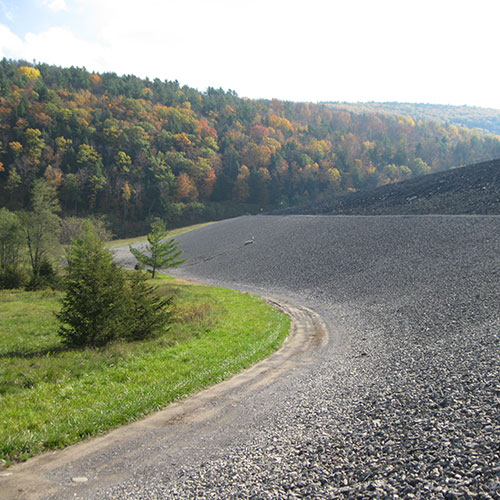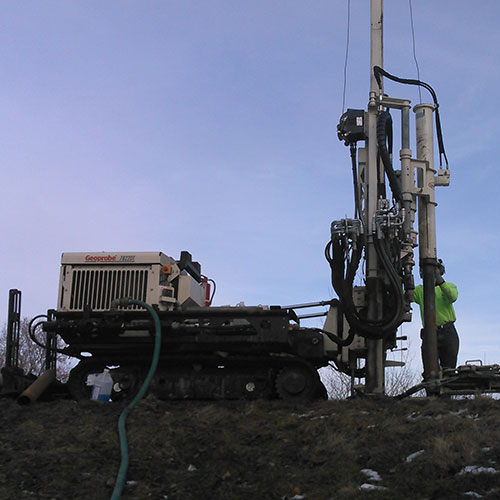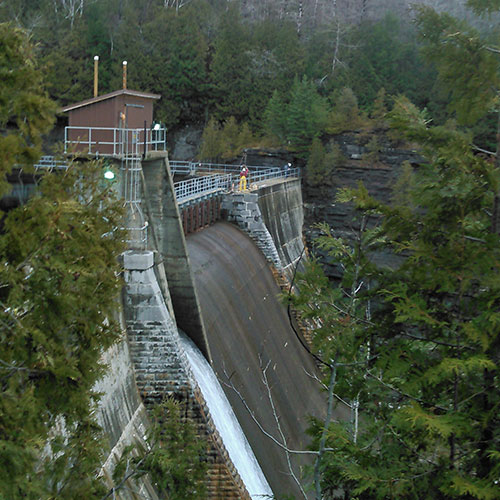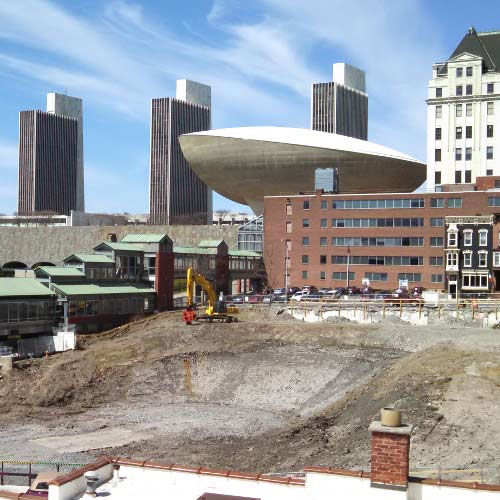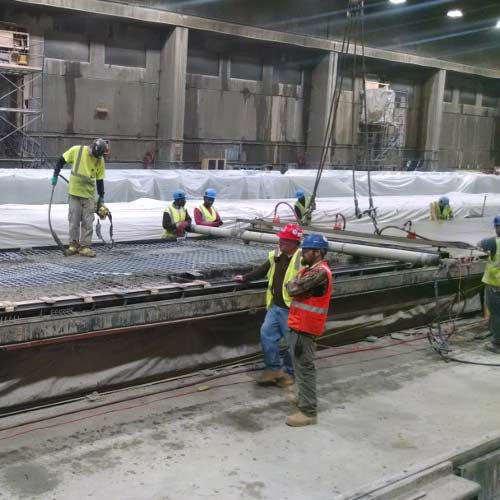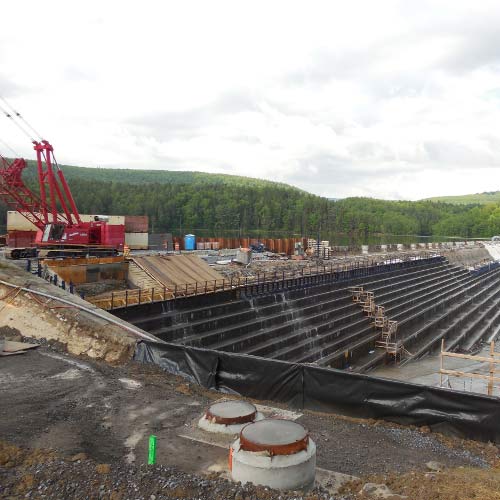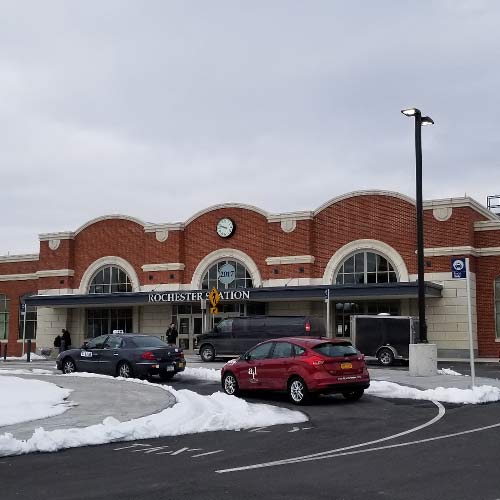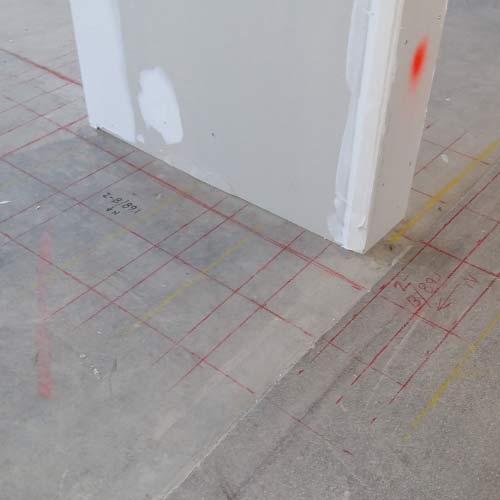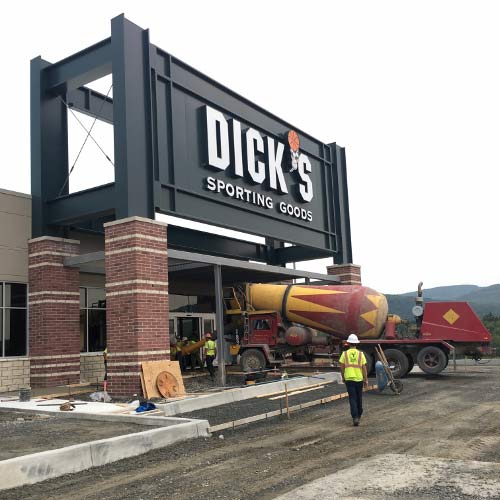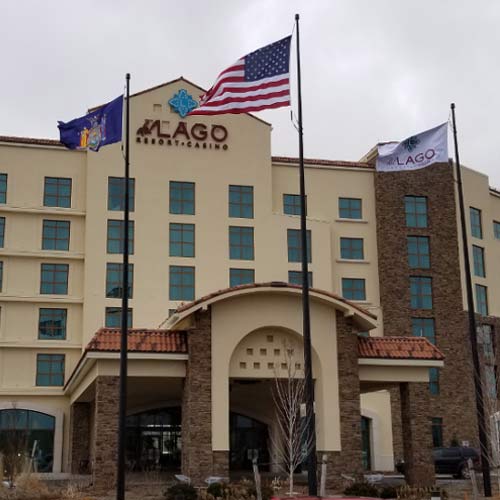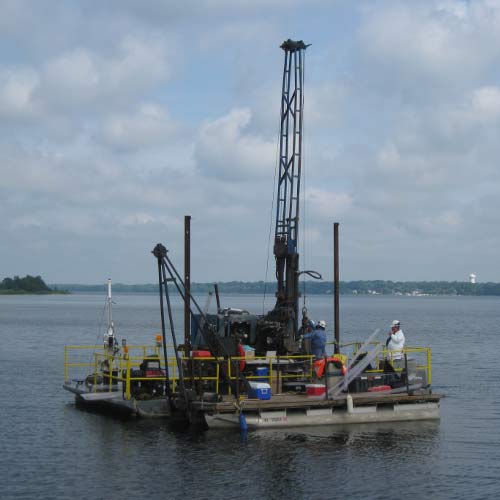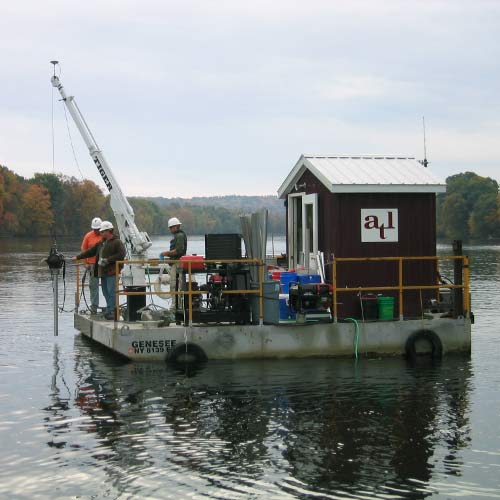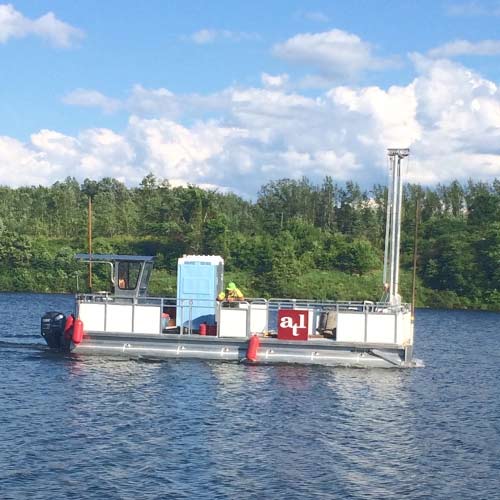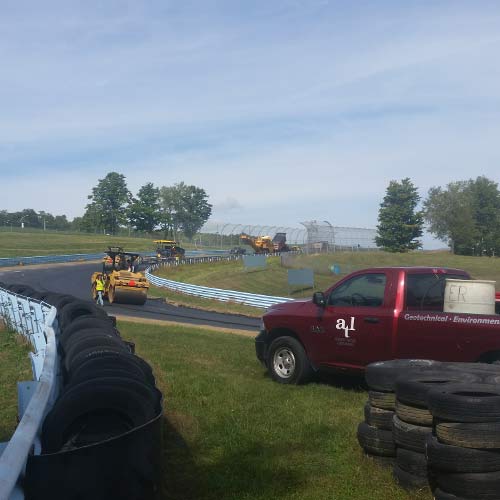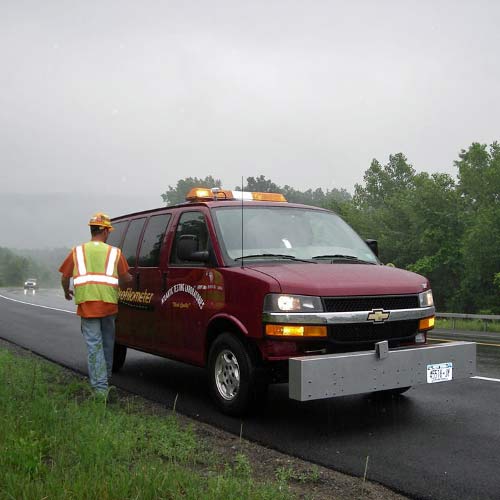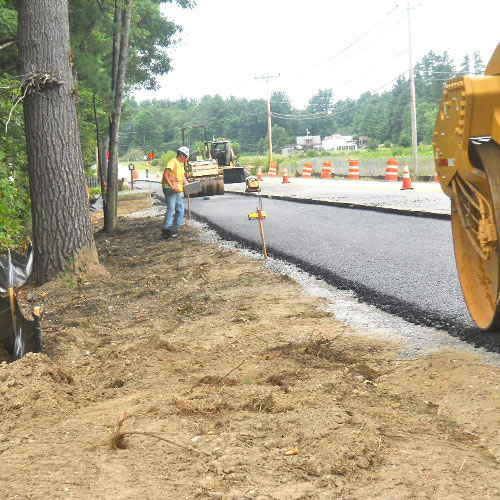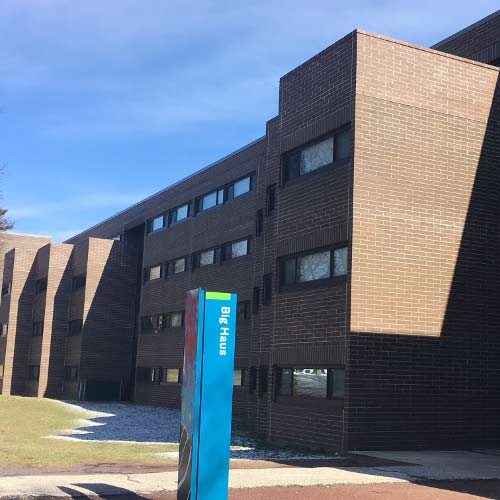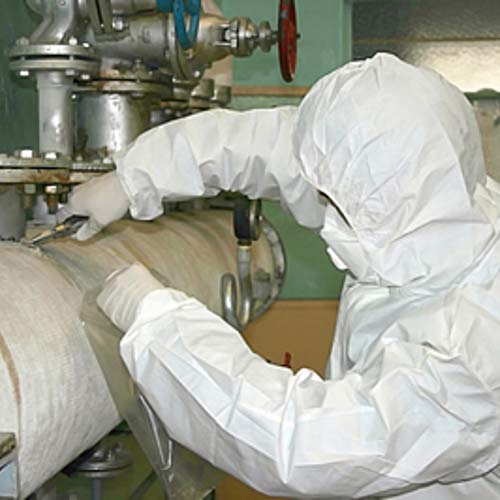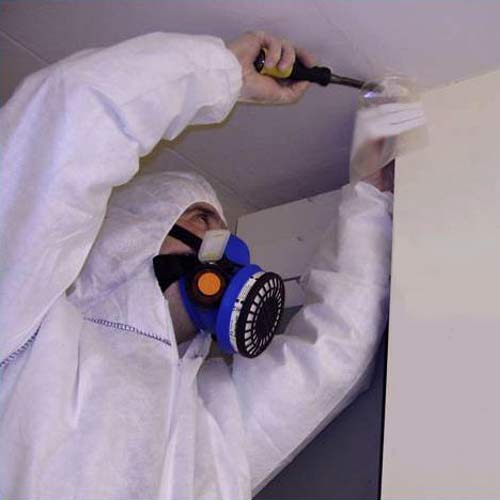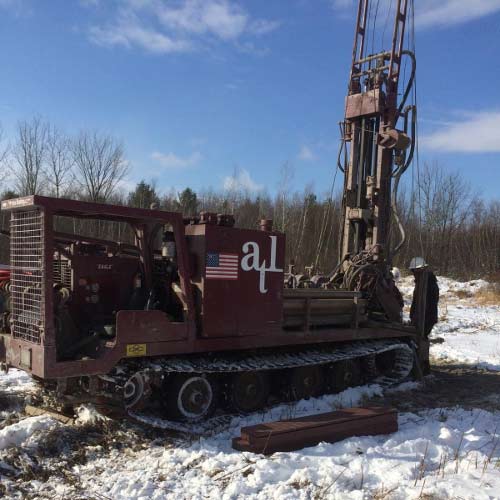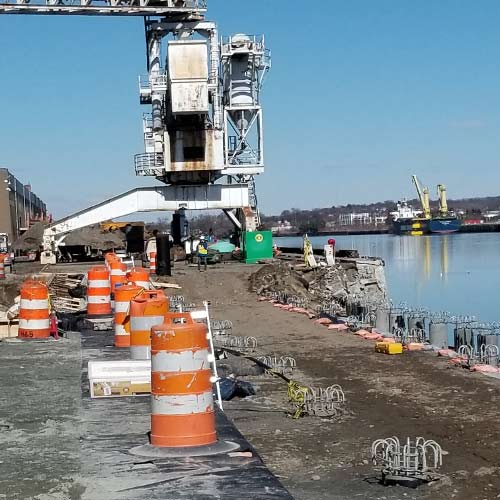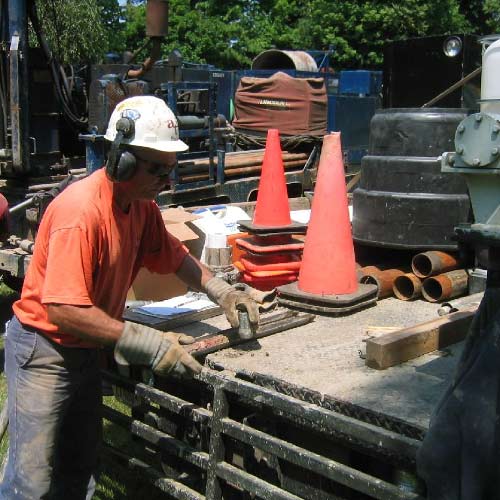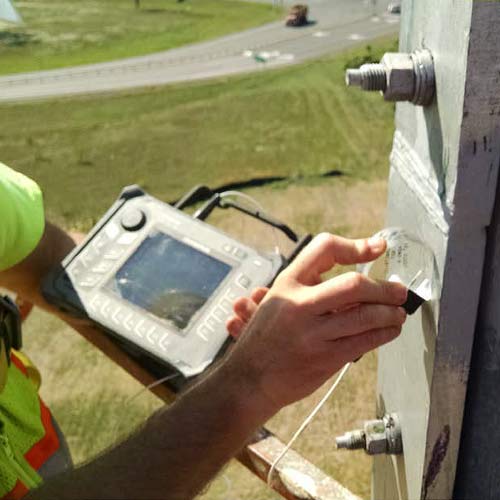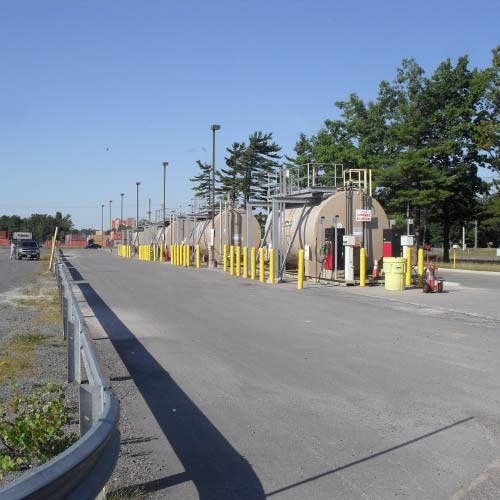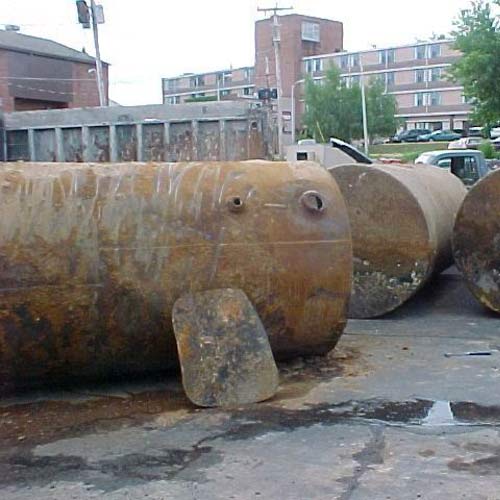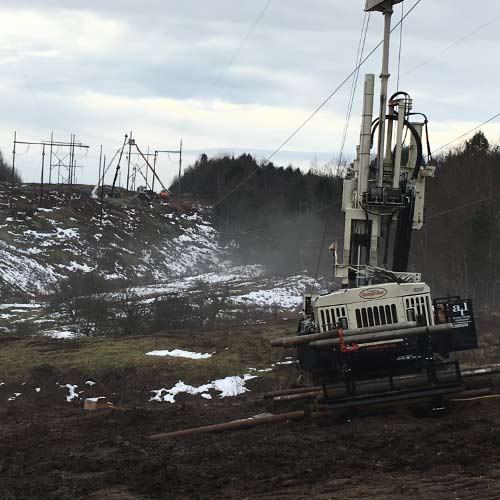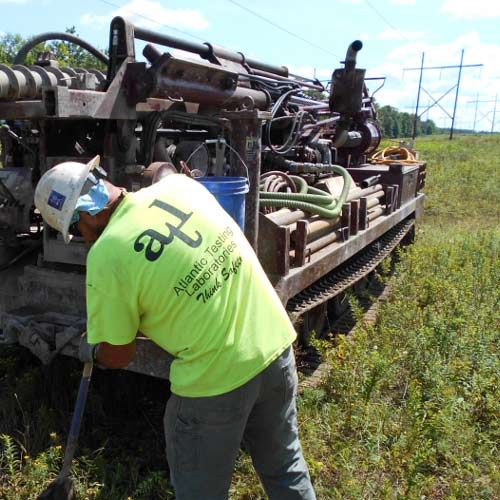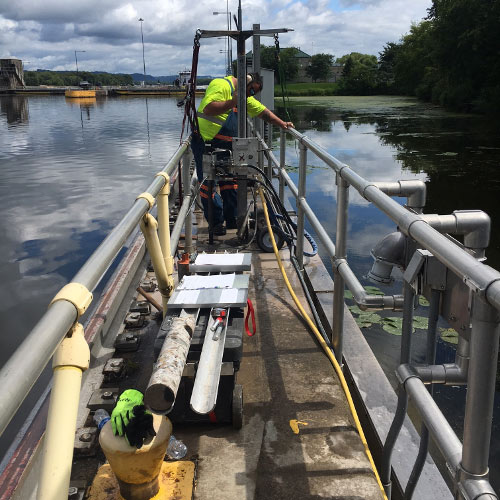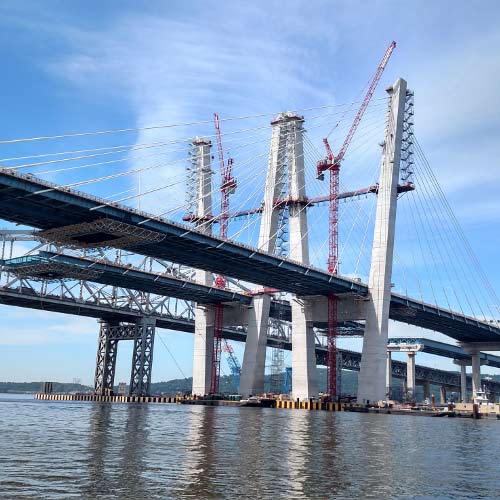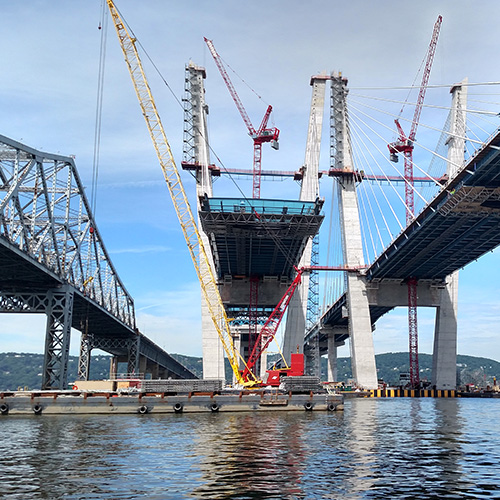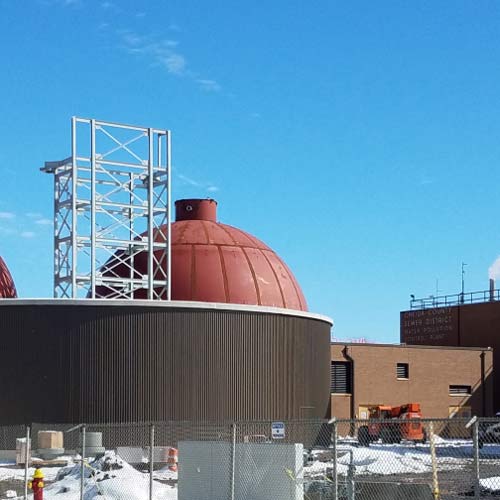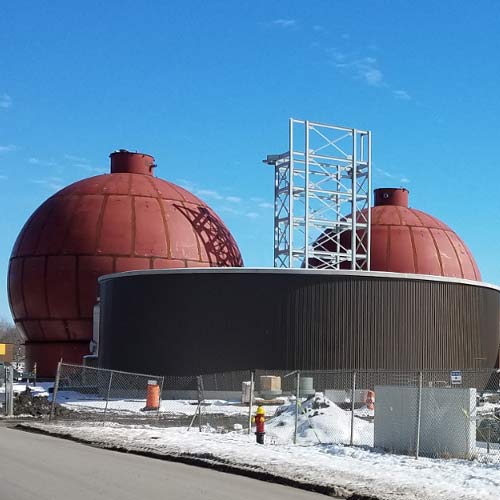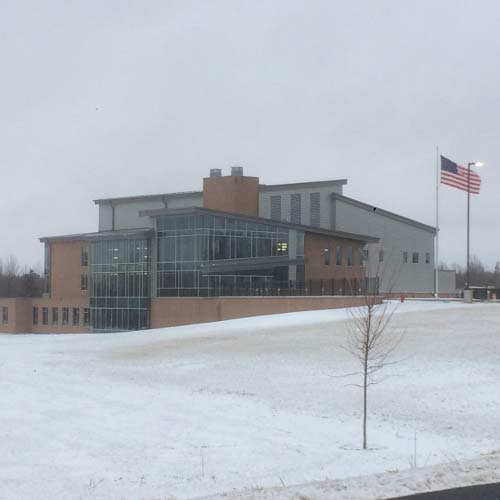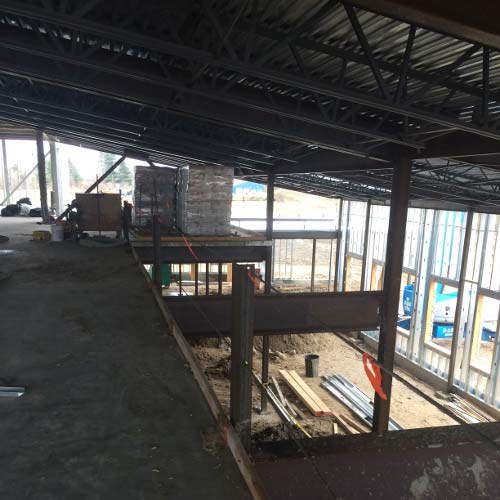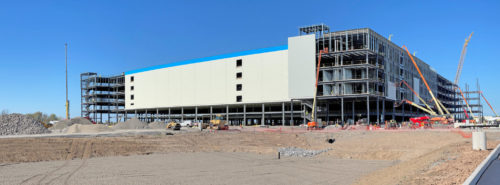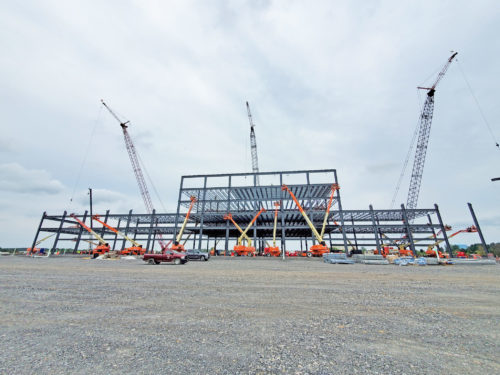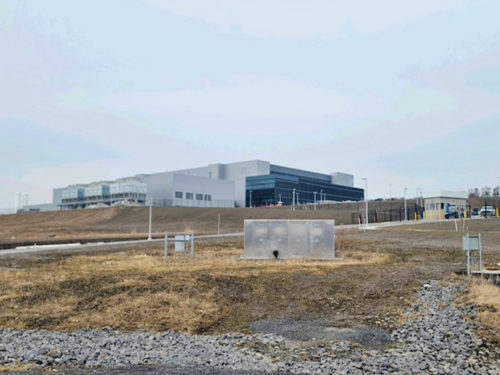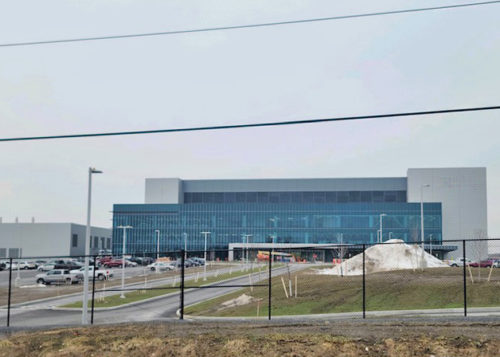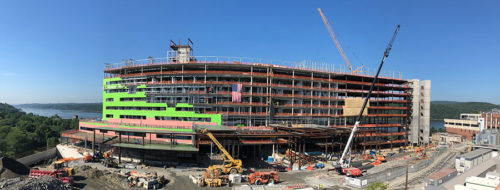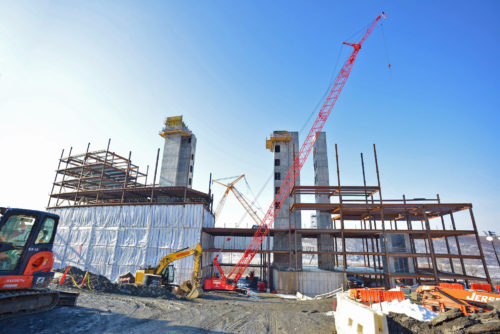Click the following link to view the PDF of this paper: Common Applications for Site-Specific Variances
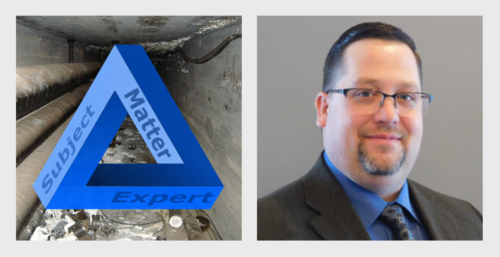
Andrew S. Amell
Senior Project Manager
Atlantic Testing Laboratories
In the state of New York, the removal, encapsulation, enclosure, repair, or handling of asbestos material that may result in the release of asbestos fibers must be performed in accordance with the New York State Department of Labor (NYSDOL) Industrial Code Rule 56 (Part 56 of Title 12 of the Official Compilation of Codes, Rules and Regulations of the State of New York, cited as 12 NYCRR Part 56). 12 NYCRR Part 56 provides specific protocols that must be adhered to during the abatement process, and details administrative and engineering controls that are applicable to regulated asbestos abatement work. In some cases, requirements of 12 NYCRR Part 56 cannot be specifically followed, due to unique site conditions, access limitations, safety concerns, or other conditions encountered during the abatement process. For such situations, a petition and application for a site-specific variance (SSV) may be developed by a NYSDOL certified Asbestos Project Designer and submitted to the NYSDOL Engineering Services Unit (ESU) for review and approval. This petition would provide detail to the specific relief sought, the hardship encountered, and the proposed alternative abatement methods to be used during the abatement project.
Some common applications for a NYSDOL SSV could include incidental disturbances for small and large projects, safety issues or concerns, access limitations, and active building systems, each of which is discussed in detail below:
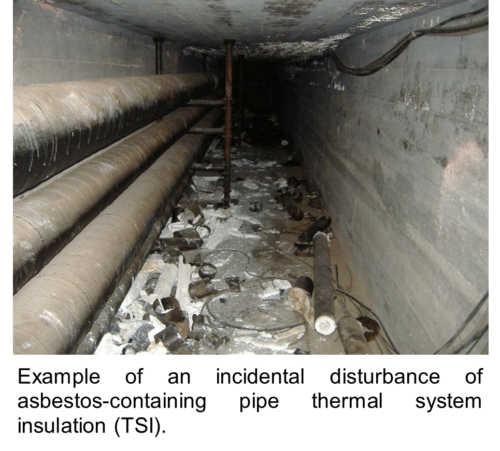 Incidental Disturbances for Small and Large Projects
Incidental Disturbances for Small and Large Projects
12 NYCRR 56-11.2 allows for the clean-up of minor sized abatement projects (less than 10 square feet). If an incidental disturbance assessment determines that the area of concern for the clean-up is greater than a minor size project, a NYSDOL approved SSV would be required to proceed. The petition for the SSV may also include provisions to repair or remove the material that was the source of the incidental disturbance and/or other provisions to modify the work area containment for additional cleaning of exposed surfaces that may have been affected by the incidental disturbance. Furthermore, the SSV petition may include conditions to allow for removal of other intact asbestos-containing materials (ACM) that are present within the work area containment, subsequent to clean-up of the affected ACM and debris. This is a common approach to lessen costs that could be incurred during future building renovation projects, as a work area containment would already be established for the incidental disturbance cleanup.
Safety Issues or Concerns
Safety is a priority for all construction sites, and it is prudent to consider whether work activities necessary to ensure compliance with regulatory requirements are also favorable to promoting safety of the workers. There may be existing conditions within a work area that warrant alternative methods to facilitate a safe working environment. For instance, the use of polyethylene sheeting on stairs can increase slip and trip hazards or the use of water to adequately wet ACM in the vicinity of electrical or steam pipes that cannot be shutdown would both be scenarios that would yield increased hazards. Implementation of a NYSDOL SSV may be needed to allow for modified work methods to ensure compliance with Occupational Safety and Health Administration (OSHA) requirements while remaining consistent with the intent of 12 NYCRR 56.
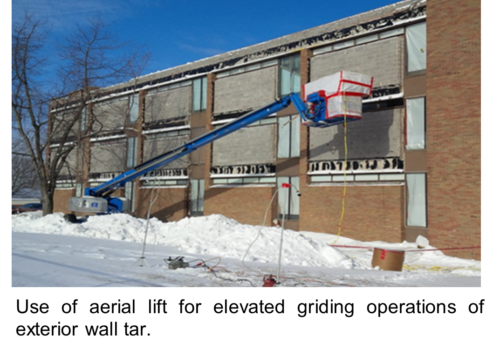 Access Limitations
Access Limitations
Limited access to ACM scheduled for abatement is another common application for a NYSDOL SSV. Some examples of this include exterior aerial lift work, crawlspaces, various elevations above or below ground surface, and a building or structure that is considered unsafe for worker access due to a letter of condemnation.
Active Building Systems
Operable and functioning facilities may be unable to close off an area and isolate and shutdown active building systems, as would be required by the 12 NYCRR 56 regulations. Systems that may need to remain active during an asbestos abatement project could include steam lines, electrical power, and heating, ventilation, and air conditioning (HVAC) systems. A NYSDOL SSV would describe alternate means and methods to be implemented for performing abatement while these types of systems remain active.
The use of an approved NYSDOL SSV can provide an effective alternative to regulatory requirements while protecting the health and safety of workers and the public. Existing regulations can be cumbersome and impose extraneous costs and hardships for certain asbestos abatement work areas. A NYSDOL certified Asbestos Project Designer can help to identify and prepare a SSV for a more efficient and cost-effective approach to complete the abatement work.
If you have a project that may need a site-specific variance, or if you have a project that requires asbestos surveys, design, or project monitoring, ATL, a WBE certified company, offers a wide variety of environmental consulting services. For more information, contact Andrew Amell, at 315-699-5281, info@atlantictesting.com, or visit www.AtlanticTesting.com.
|
ASSOCIATED SERVICES |
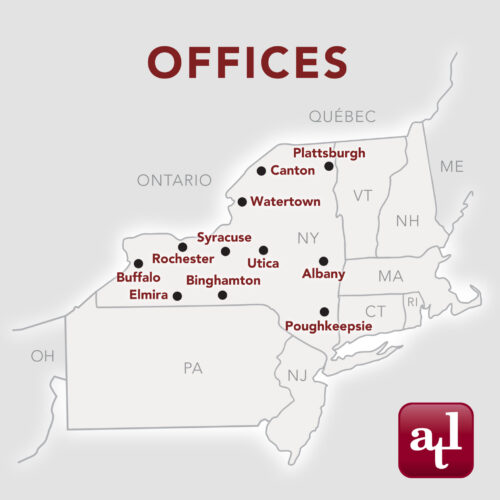 |

